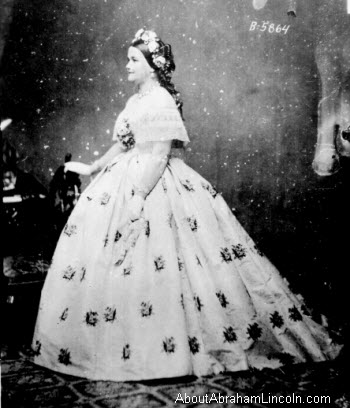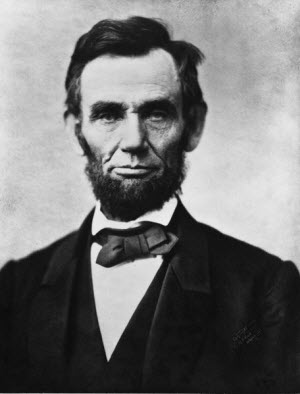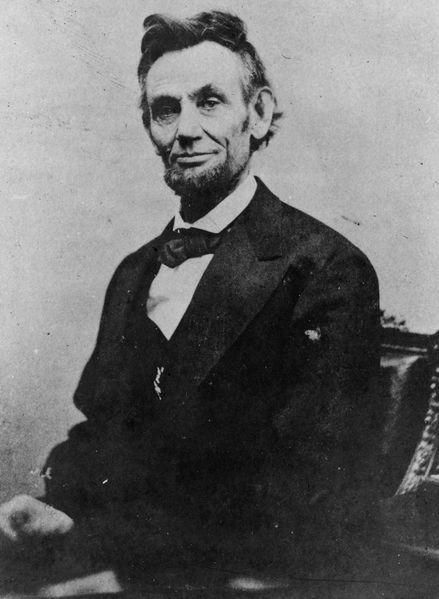FOLLOWS PRECEDENT OF WASHINGTON.
In selecting his Cabinet, Mr. Lincoln, consciously or unconsciously, followed a precedent established by Washington, of selecting men of almost opposite opinions. His Cabinet was composed of William H. Seward of New York, Secretary of State; Salmon P. Chase of Ohio, Secretary of the Treasury; Simon Cameron of Pennsylvania, Secretary of War; Gideon E. Welles of Connecticut, Secretary of the Navy; Caleb B. Smith of Indiana, Secretary of the Interior; Montgomery Blair of Maryland, Postmaster-General; Edward Bates of Missouri, Attorney-General.
Mr. Chase, although an anti-slavery leader, was a States-Rights Federal Republican, while Mr. Seward was a Whig, without having connected himself with the anti-slavery movement.
Mr. Chase and Mr. Seward, the leading men of Mr. Lincoln's Cabinet, were as widely apart and antagonistic in their views as were Jefferson, the Democrat, and Hamilton, the Federalist, the two leaders in Washington's Cabinet. But in bringing together these two strong men as his chief advisers, both of whom had been rival candidates for the Presidency, Mr. Lincoln gave another example of his own greatness and self-reliance, and put them both in a position to render greater service to the Government than they could have done, probably, as President.
Mr. Lincoln had been in office little more than five weeks when the War of the Rebellion began by the firing on Fort Sumter.
Abraham Lincoln | Events | People | Abraham Lincoln Quotes |
Quotations About Abraham Lincoln | Abraham Lincoln Photo Gallery | Abraham Lincoln Timeline |
Privacy Policy | About Us | Site News | Site Map |
Anecdotes and Stories About Abraham Lincoln


